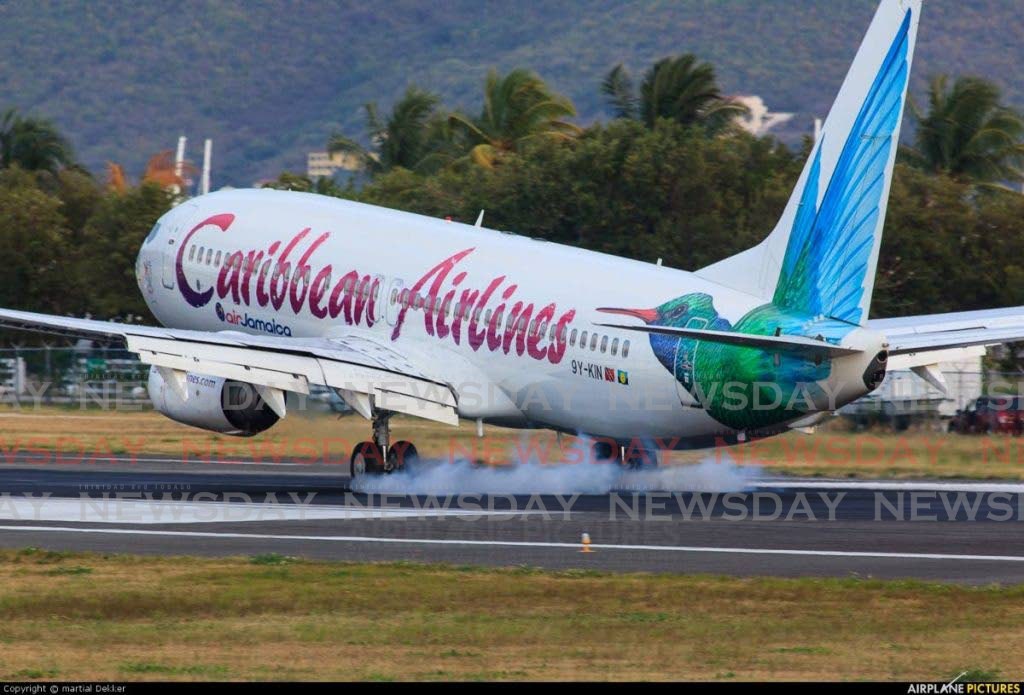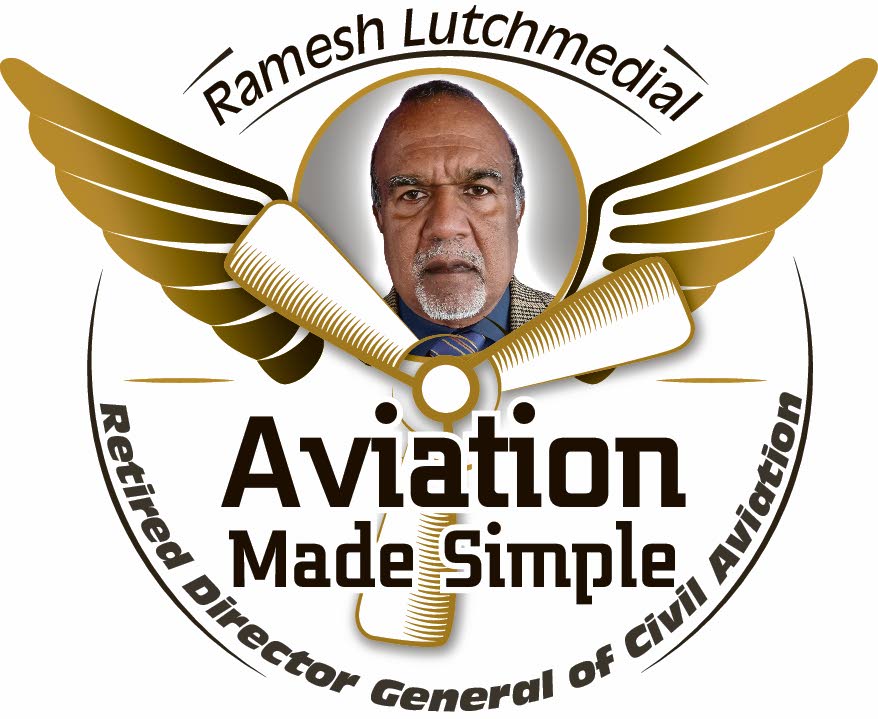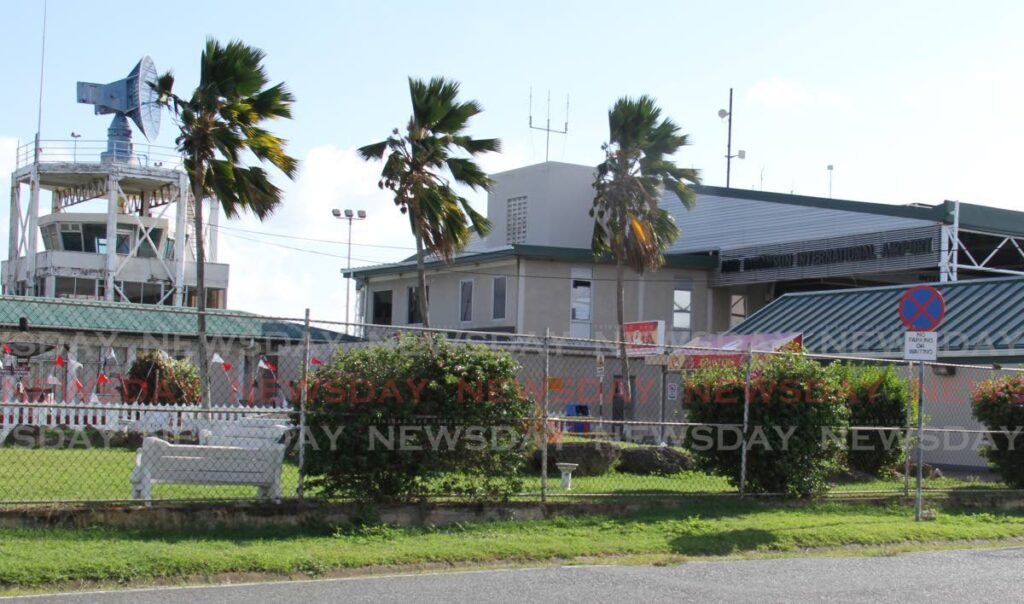Codes, signs airlines, airports operate by

In the early days of commercial aviation there were no facsimile, direct-dialling telephones, computers or internet services. Airlines communicated using telegraphy, the rates for which were based on a cost per word.
Therefore, to reduce cost, a set of acronyms, abbreviations and codes unique to the airline industry was developed for use by airlines and airports most of which are still used today.
Examples of the acronyms and abbreviations used are ATO – airport ticket office; ASAP – as soon as possible; ETD – estimated time of departure and ETA – estimated time of arrival. The message formats were later standardised by the International Air Transport Association (IATA), a trade organisation whose membership consists of the world’s major airlines.
IATA developed three-character alpha geocodes for airports known as the IATA airport code.
Examples of IATA airport codes are POS for Port of Spain, TAB for Tobago, ANU for Antigua, JFK for New York City and GEO for Guyana.

IATA developed two-character codes for airlines which can be either a two-alpha code or an alpha character and a numeric character. IATA's airline code for Caribbean Airlines (CAL) is BW and for JetBlue it is B6.
IATA member airlines are issued a three-digit carrier code that is used to identify the airlines in various accounting activities. All airline ticket numbers start with the airline carrier code such as 106 for CAL and 125 for British Airways (BA).
Airlines also use a six-digit alphanumeric reservation code known as the passenger name reference (PNR) which is used to retrieve flight reservation details.
When a passenger checks baggage for a flight, the baggage tag contains the destination airport code, the departure airport code, the name of the passenger, the PNR, the baggage weight, the license-plate ten-digit numeric code that includes the airline carrier code, the airline two-character code, the flight number and date of travel.
This information is barcoded unto the baggage tag in two orientations for the automated sorting of baggage by flight number and destination. Automated sorting of baggage reduces the incidence of lost or missing baggage.
Boarding passes contain information similar to the baggage tags, but also contain the assigned seat number, class of travel, zone, the boarding gate number, the boarding time and the departure time. Most of this information is also contained in the quick response (QR) code on the boarding pass.
For flights destined for the United States, some boarding passes may have the letters SSS printed at the bottom of the boarding pass. This code stands for secondary security screening selection and means the passenger has been pre-selected by the Transportation Security Administration (TSA) for additional security screening based on the TSA security criterion.
The International Civil Aviation Organization (ICAO) assigns codes for airports and airlines. These codes appear on all ICAO required documents such as flight plans, maps and charts.
The ICAO assigned code for Piarco International Airport, Trinidad is TTPP, for the ANR Robinson International Airport, Tobago it is TTCP and for Cheddi Jagan International Airport, Guyana it is SYCJ.

ICAO has assigned three alpha character codes for all airlines. CAL’s ICAO code is BWA, BA is BAW and these codes appear on all flight plans for the respective airlines.
Airlines have ICAO-approved calls that are used during radio communications with air traffic control (ATC). CAL’s call sign is Caribbean Airlines. BA’s call sign is Speedbird and was derived from BA’s predecessors' – BOAC and Imperial Airways – logo of a delta-winged bird in flight as far back as 1932.
To avoid confusion with similar sounding consonants and numbers, ICAO adopted a standard phonetic alphabet for aviation use. The number three is pronounced as “tree,” the number five is pronounced as “fife” and the number nine is pronounced “niner.” During a BA flight – BA2159 from London to Trinidad – the BA pilots would identify themselves to the Piarco ATC as “Speedbird two one fife niner.”
ICAO assigns nationality markings to all member countries for use with the country’s registration markings for aircraft on the country’s civil aircraft registry. Examples of nationality markings are the US – N, Canada – C, the UK – G and TT – 9Y. The nationality and registration marking are painted on the aircraft at specified locations and sizes using capital Roman letters and Arabic numbers. BWIA once operated an L1011-500 aircraft with a US registration number N3140D.
Most general aviation aircraft operate in the private category and not being owned by an airline, do not have ICAO approved call signs. In this case, the aircraft registration markings are read out phonetically as the call sign. A private jet with a US registration N310D coming to Trinidad would identify itself to the Piarco ATC as “November tree one zero delta.”
Aircraft transporting VIPs such as heads of state are assigned special call signs. Air Force One is the radio call sign for any aircraft with the US president onboard.


Comments
"Codes, signs airlines, airports operate by"